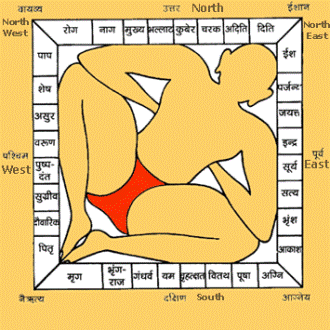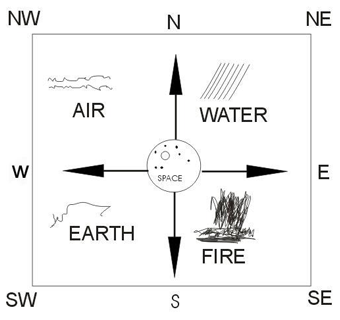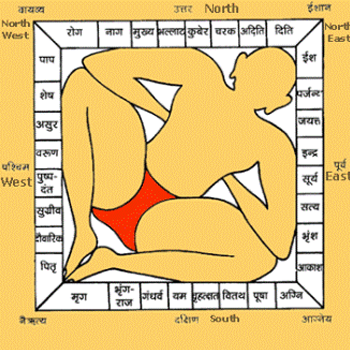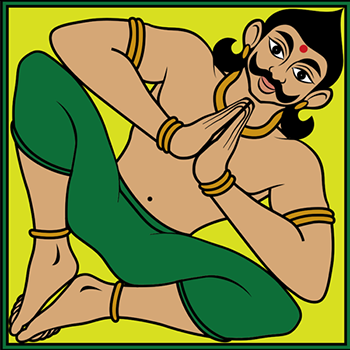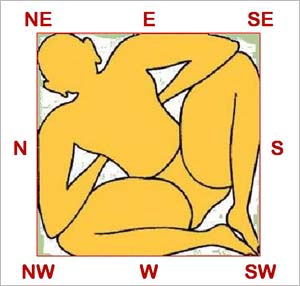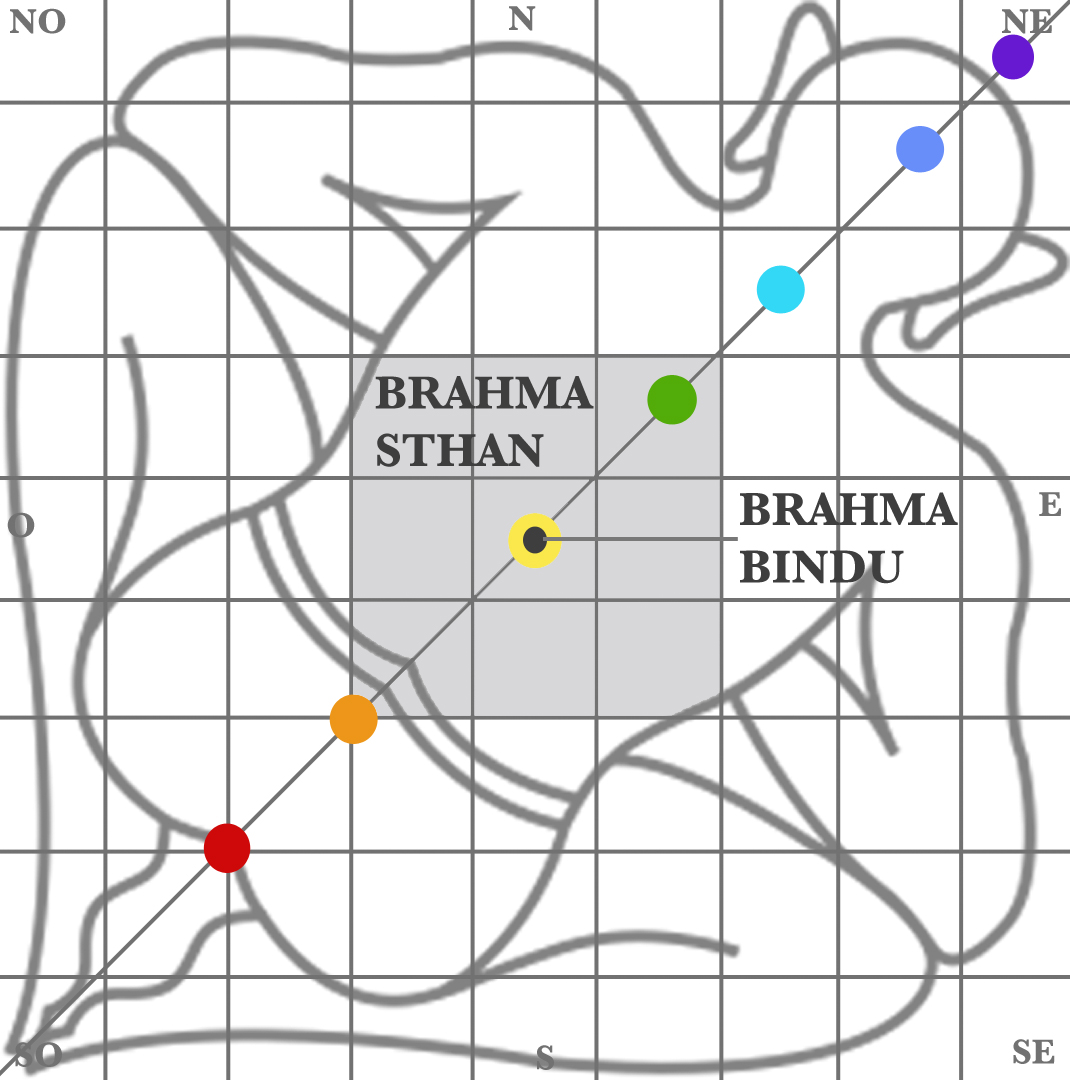Elements of Vastu.
Vastu is a science of direction that combines the five elements of nature and cosmos, ultimately balancing with man and the material. This mysterious science unifying the five elements called “Panchbhootas” – earth, fire, water, sky and space and paving a way for enlightenment, happiness and prosperity.
Fire (Agni) is considered as an element of south-east. In a house kitchen fire or electrical gadgets shall be place in
south-east. Fire is the basis of all sources of energy. The Kitchen and related things must be set in South-east.
Water(jal) is present on earth in the form of rain, ocean, sea and rivers. It is the second foremost element considered in
Vastu. Vastu provides proper directions for the placement of water sources. Water is an element of north-east. this
direction is auspicious and suitable for water
Air (vayu) is a necessary thing for all of us living on this earth. In Vastu air is another important element which is
considered before applying it. Air is an element of north-east. There are important directions for windows and doors in
Vastu so as to receive a good amount of air.
Sky is never ending and our space is full of constellations, galaxies, star, moon, sun and all the nine planets. It is
also called universe which is known as ‘Brahamand’- the place of god. Space has a very important place in our lives and
Vastu gives different directions for better space. Indian houses used to have open space in the centre of the house. Akash
is a brahmasthan which should be an open place, any disturbance related to space in house would lead to detrimental
results.
Vastu Directions
- North
- South
- East
- West
- Northeast (Ishan) In the center of South and East
- Southeast (Agneya) In the center of South and East
- Southwest (Nirutya) In the center of South and West
- Northwest (Vayaya) In the center of North and West
- In Vastu 9th direction is Space and 10th direction is Patal
Vastu Mandal.
In order to understand Vaastu Shastra, it is necessary to understand the Vaastu Purusha Mandala, which is energy grid of square. The Vaastu Purusha Mandala is the basic form in architecture and all other figures are derived from this elementary design.
It provides the method that determines the requirements of architecture in relation to its directions. Each direction is allotted a particular role by the Vaasturatnakara. Every part of the Vaastu Purusha’s body is sacred and contains energies that help us in living a contented and peaceful life.
Vastu Purush Positions.
The Vastu Purush is said to have three positions:
- Sthira Vastu
- Chara Vastu
- Nitya Vastu
Sthira Vastu
Chara Vastu
Second type of Vastu is called Chara Vastu or moving body. The Vastu Purush lies on his side in one direction for full three months and keeps on rotating in a clockwise direction. it is clear from the above table that change of position of Vastu Purush is closely linked to the various seasonal change. Seasons change and so change the intensity of the forces in a span of one year. These seasonal changes, in turn, have great effect on human body. So happens with the body of Vastu Purush. Different seasons have different level and direction of panic forces. Ayurveda – the science of happy and long life – prescribes special diet for different seasons.
Apply the above table and you can reap the benefits of Vastu in the respective months. For example, north direction is most auspicious for you during the period approximately from second half of March to first half of June. Openings in the north direction – doors, windows and ventilators – should be kept open to reap the full benefit of Vastu. Face north while doing any auspicious work during these months.Follow the same principle for other months using their respective directions. East is auspicious during the rainy season (June to September), south is the most sought after direction during early winters (September to December) and we embrace west during harsh cold winters (December to March) to imbibe more and more of solar heat. During winters, it is natural to face sun to get its maximum heat through the four senses located on our face. Thus all the directions are auspicious depending upon our requirements of light and heat from time to time.
Chara Vastu is useful for the construction of shivira (temporary residence of army), tents, temporary banquet halls, moving circus shows, religious gatherings, stage for ramleela, rasleela or dramas. This construction is done only for a maximum time period of three months.
Nitya Vastu
It refers to daily movement of VastuPurush. The gaze of VastuPurush changes every three hours in a day, He completes one full rotation of 360° in a day, remaining for three hours each in all of the eight directions. Human mind and body also undergo changes on a daily cycle basis. The energy and alertness of mind reaches its lowest peak when we go to bed.
A sunflower always faces the sun. A human being should do the opposite. During hot noon hours, he should face the cold direction. Even while sleeping, he should sleep keeping his face (head) towards the south because sun is in the north during midnight hours.
GET IN TOUCH
Shop no. – 141, Basement, Shiv Shakti Plaza, Palam Dabri Marg,
opp. Shiv Vani Public School, Mahavir Enclave 1, New Delhi, Delhi -110045

